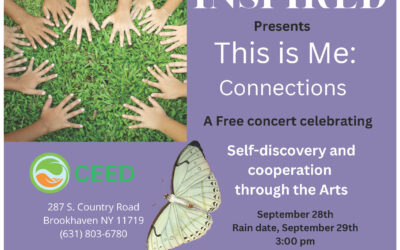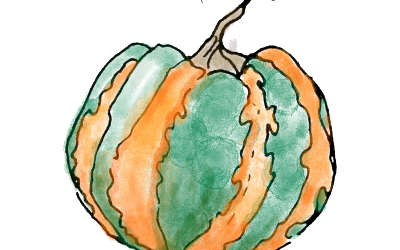CEED is a not-for-profit nature center that inspires connection to the joys of nature through education and experience that restores our balance for a healthier community.
This is our mission statement, but what does that mean?
- The Earth and the Universe are always evolving, always changing.
- There is an interdependence with everything on Earth.
- There are patterns everywhere in nature.
These are three facts, I shared every year with my classroom as a classroom teacher, whether biology or elementary classes. These are true facts that cannot be denied, but they can be looked at in at least two different ways. We, as humans, can be included in these facts or we can forget that we are a part of these three statements. To me, our mission is to ensure we include ourselves in those three.
- We are part of this ever-evolving Earth and universe.
- We are part of this interdependence with everything on Earth.
- We are part of the patterns in nature.
Ensuring we include ourselves in these three facts is crucial for a healthy planet. Even those of us who think of ourselves as eco-conscious, we sometimes forget. We look at nature as, “Here, I will help you from the outside,” or “I will clean up my mess I made during my visit.” I just finished reading a book where the author believes we have created our own parallel “ecosystem” separate from the biosphere or all the natural ecosystems on this planet. In our artificial ecosystem, we have created our own fruits, vegetables, and domesticated animals to a point where they are unable to survive in nature. When these agricultural animals and plants do survive in nature, they sometimes create harmful effects on the natural ecosystem, because they knock out or shift the natural balance. If you think of our existence today on Earth this way, our struggle with solving all the damage we have created on Earth is a struggle for us to connect our artificially created human ecosystems with the natural ecosystems to restore a balance.
Our goal at CEED is to help to create these bridges of connection, through experience, education, and discovery. These bridges can be created through all different types of disciplines because people prefer to travel on a route they enjoy. This is why we offer experiences and learning through art, science, and seeing through the eyes of animals.
This does not mean I believe we need to change everything in our way of life as we know it. That would be unreasonable and virtually impossible. As a species, we have truly created a plethora of incredible technology, inventions, and tools that allow people to do marvelous things and live in large numbers, all over the world. Making the connection with our lives back to nature is more thinking about how all these amazing things are affecting the natural world, creating ways that reduce and repair our negative effects, and moving forward with ways that proactively create less damage and might be beneficial for a healthy planet. This thinking is not easy and sometimes we do not see, from all angles, how our ideas disrupt nature until it is too late. For example, cesspools did not sound like a bad idea long ago when not nearly as many people lived on Long Island. We were no longer pouring our wastes directly into our waterways. Little did we know, or maybe people ignored, that the toxins would seep into the soils, which would eventually make their way into the aquifer and waterways. Now that there are many more people and cesspools on Long Island, this has created a huge problem. This is a problem not only harming the natural ecosystem, but also affecting the health of people and communities. This is just one example.
Cleaning our beaches and land, removing invasive species, and vocalizing about our concerns for nature are a start. Buying less plastic and packaging, buying products with less harmful chemicals, choosing native plants for landscaping and reducing, reusing, and recycling are doing even more to help the environment. Creating major changes in our energy use, manufacturing, waste removal, food sources, landscaping, transportation, and more is when real change can happen. This is not easy, these changes need to occur on a global level, with solid support from all.
Desmond Tutu once said, “There comes a point where we need to stop just pulling people out of the river. We need to go upstream and find out why they’re falling in.”
Rev. Tutu was talking about saving people from suffering and inequity, but this metaphor could be used for Earth. At CEED, we want to keep “pulling people out of the river,” by cleaning our beaches, removing invasive species, using more environmentally products and methods. We also want to “go upstream and find out why they’re falling in,” by finding out how we can reduce this plastic pollution, clean our soils and water, and create a healthier Long Island. Reducing plastic trash on the beach can only be achieved by producing less plastic, which can only be achieved by requiring products to be produced with less plastic, which can only be achieved if people are willing to buy products made or packaged in less plastic.
I hope you join us in not only “pulling people out of the river” but also finding out “why they’re falling in.”






Recent Comments